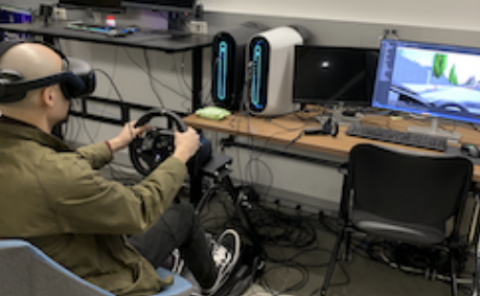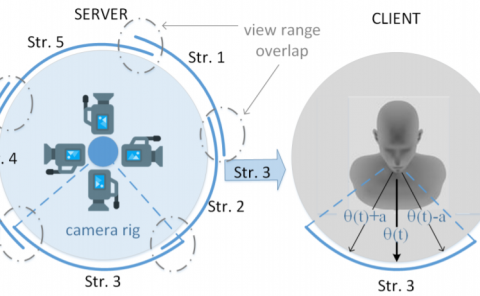HandyCast: Phone-based Bimanual Input for Virtual Reality in Mobile and Space-Constrained Settings via Pose-and-Touch Transfer
PubDate: April 2023
Teams: ETH Zürich
Writers:Mohamed Kari,Christian Holz
Abstract
Despite the potential of Virtual Reality as the next computing platform for general purposes, current systems are tailored to stationary settings to support expansive interaction in mid-air. However, in mobile scenarios, the physical constraints of the space surrounding the user may be prohibitively small for spatial interaction in VR with classical controllers. In this paper, we present HandyCast, a smartphone-based input technique that enables full-range 3D input with two virtual hands in VR while requiring little physical space, allowing users to operate large virtual environments in mobile settings. HandyCast defines a pose-and-touch transfer function that fuses the phone’s position and orientation with touch input to derive two individual 3D hand positions. Holding their phone like a gamepad, users can thus move and turn it to independently control their virtual hands. Touch input using the thumbs fine-tunes the respective virtual hand position and controls object selection. We evaluated HandyCast in three studies, comparing its performance with that of Go-Go, a classic bimanual controller technique. In our open-space study, participants required significantly less physical motion using HandyCast with no decrease in completion time or body ownership. In our space-constrained study, participants achieved significantly faster completion times, smaller interaction volumes, and shorter path lengths with HandyCast compared to Go-Go. In our technical evaluation, HandyCast’s fully standalone inside-out 6D tracking performance again incurred no decrease in completion time compared to an outside-in tracking baseline.



